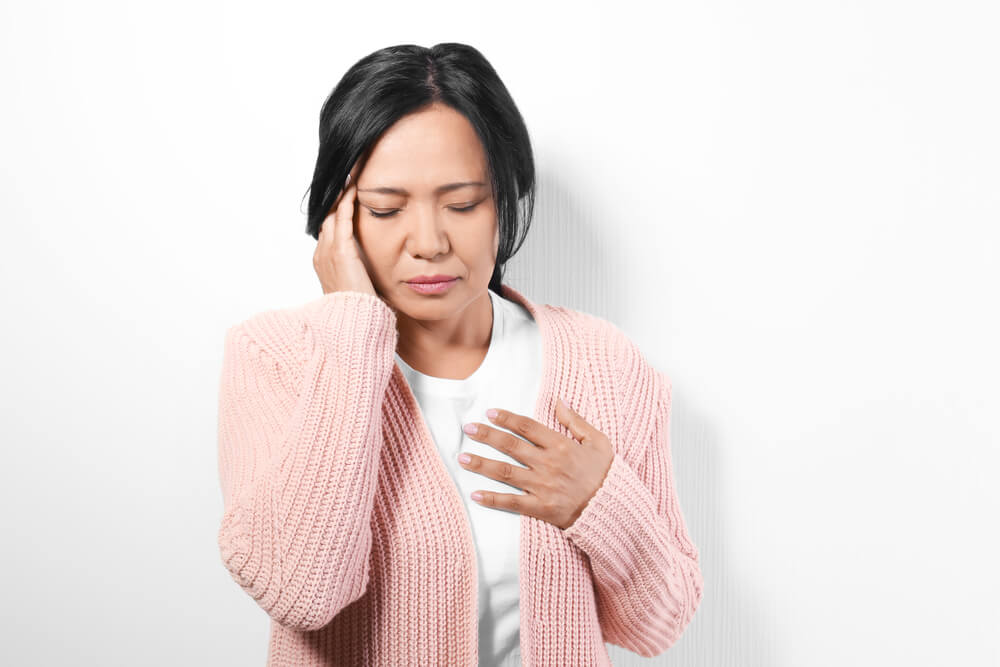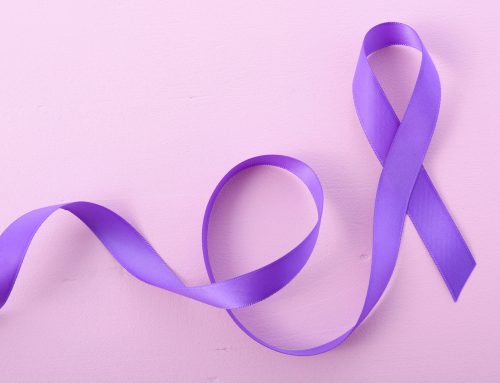
They are common disorders. They occur in the brain. They can cause intense pain.
So, what are the differences between a migraine and stroke?
A migraine is characterized by a severe headache. It is thought that migraines can slightly increase the risk of stroke, particularly in younger women.
A stroke is a condition where the brain is deprived of blood supply and oxygen. There are 2 classifications of stroke: ischemic stroke (where the blood flow to the brain is obstructed in a neck blood vessel) or hemorrhagic stroke (where a weakened blood vessel ruptures). It is the former that has been found to a have nexus with migraines.
A stroke and a migraine may cause a variety of symptoms. Despite some general similarities between the two conditions, there is not one defined factor that is a guaranteed indication of either a stroke or a migraine.
There are, however, subtle differences in causes, risk factors, and symptoms that can give a cause to pause.
Sudden vs. gradual onset
Strokes occur suddenly. One minute, a person may be fine; then the next minute, vision blurs, arms goes numb, or speech is impaired. With a migraine, the symptoms occur more gradually, evolving over several minutes, and intensifying to a peak.
History of migraines
Although a person can have a migraine for the first time later in life, it is uncommon. Most suffer their first migraine as children and the aura tends to be the same every time. If one never had a migraine before or if the migraine deviates from its normal course, it is advised to go to an emergency room to rule out a stroke.
Lifestyle triggers
Triggers that can induce a migraine include certain types of food such as chocolates, cheeses, and citrus fruits. Hormonal changes, stress, lack of sleep, loud noises, and chemical smells are also culpable. A stroke is not normally associated with ordinary life triggers. Rather, it is more likely to be precipitated by extreme alterations in blood pressure or an irregular heart beat.
Positive vs. negative visual disturbances
Both migraines and strokes can interfere with vision. With a migraine, a patient may experience additional stimuli, such as flashing lights or zig-zagging lines. In contrast, a stroke detracts from vision. A patient may not immediately realize that his or her vision has been impaired until coming into contact with objects.
Differences in age
Strokes are far more likely to affect individuals who are older than age 60 and have risk factors such as heart problems, high blood pressure, or high cholesterol. Migraines generally begin between 20 to 30 years old, and it is highly unusual for a person to begin having migraines after the age of 50.





Leave A Comment
You must be logged in to post a comment.